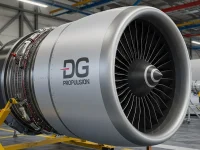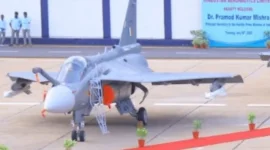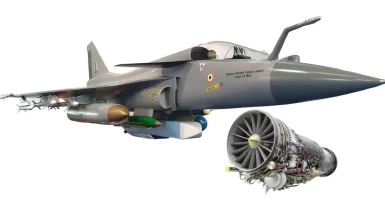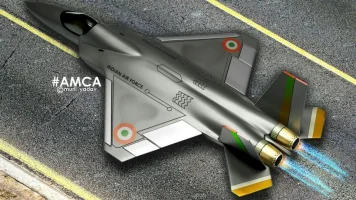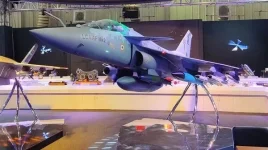- Views: 4K
- Replies: 16
Hindustan Aeronautics Limited (HAL) is poised to significantly bolster India's defen e capabilities with the imminent local production of F-414 engines. A deal with GE Aerospace, expected to be finalized by year-end, will see HAL's Bangalore facility become a hub for manufacturing these powerful engines, crucial for the Indian Air Force's (IAF) Tejas Mk2 and AMCA Mk1 fighter jets.
This initiative marks a major stride towards "Aatmanirbhar Bharat" (Self-Reliant India), with approximately 80% of the F-414 engine components to be manufactured domestically. HAL is developing specialized capabilities to achieve this ambitious goal, reducing reliance on foreign imports for critical defen e technology.
HAL aims to produce the first "Made in India" F-414 engine within three years of the deal's conclusion. The initial contract with GE Aerospace encompasses 99 engines, primarily for the Tejas Mk2 program. However, with the IAF planning to acquire 120 Tejas Mk2 and 40 AMCA Mk1 jets, demand is projected to surge. HAL anticipates producing at least 200 engines by 2035, potentially doubling orders by 2028 to meet the growing needs of the IAF.
To sustain this ambitious production target, HAL is establishing an annual production capacity of roughly 30 F-414 engines. This capacity will not only cater to the initial demand but also ensure a steady supply of spare engines and parts over the coming decades. HAL estimates that an additional 360 engines will be required over the next 40 years to maintain the operational readiness of the Tejas Mk2 and AMCA fleets.
This long-term vision extends beyond immediate military needs. The F-414 engine production in India will drive technology transfer and skill development within the domestic aerospace sector, contributing to the country's technological advancement and economic growth.


